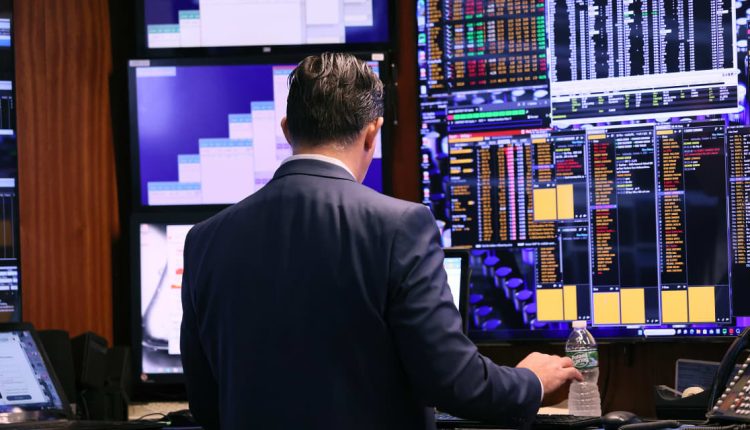One of Wall Street’s favorite recession predictors—an inverted yield curve—is getting less inverted, but that isn’t all good news for investors. How the curve un-inverts matters, too.
Since July 2022, the chart plotting interest rates on U.S. Treasuries of different maturities has been downward sloping—with yields on shorter-term bills and notes exceeding those on longer-term securities—known as an inversion of the yield curve.
That is the opposite of the normal pattern. There is generally more inflation and interest-rate uncertainty over the long term than in the short term, so bond investors tend to demand a higher yield to lend for longer.
But over the past 15 months, investors have been pricing in higher interest rates and economic risk in the near term, lifting yields on the short end of the curve above the long end. That dynamic has historically been a reliable recession indicator—an inverted yield curve has preceded every U.S. recession since the 1950s. According to Dow Jones Market Data, inversions of the
2-year
and
10-year yields
—the most commonly cited pair—have preceded recessions by as little as seven months or as much as two years.
In early July, the 2-year yield exceeded the 10-year yield by nearly 1.1 percentage points. It was the largest spread between the two yields since early March, in the wake of the failure of Silicon Valley Bank, and close to levels last seen in the 1970s and 1980s.
Today that spread is down to 0.29 points. The 2-year yields 5.07% and the 10-year yields 4.78%. Elsewhere, the curve has already un-inverted: The yield on the 30-year Treasury bond is 4.94%, above the 3-, 5-, and 10-year yields. The six-month Treasury bill now has the highest yield on the curve, at 5.58%.
It matters how the yield curve un-inverts. That can happen in two ways, after all—either the 2-year yield falls more quickly than the 10-year yield, or the 10-year yield rises faster than the 2-year yield. Either pattern results in a steeper yield curve. The former dynamic is called a bull steepener, while the latter is more ominously named a bear steepener.
In a bull steepener scenario, markets are typically pricing in imminent interest-rate cuts by the Fed, prompting a sharp fall in near-term yields. That is often right before a recession.
By contrast, today’s bear steepener is driven by continued economic and labor-market resilience—pushing up longer-term yields as investors price in a higher-for-longer interest rate posture by the Federal Reserve. (The Fed’s ongoing quantitative tightening and a flood of Treasury issuance have also played a role.) That means more restrictive financial conditions, higher interest rates for borrowers, and more competition for other assets such as
stocks.
Those, in turn, raise the odds of a weaker labor market and recession.
“The overall effect of this bear steepening will be to jack up the net interest expenses of U.S. non-financial firms,” wrote Tan Kai Xian, U.S. analyst at Gavekal Research. “At such a cyclical juncture, higher net interest expenses will weigh on U.S. corporate profits, spurring bottom-line-focused firms to fire workers.”
Individuals and businesses tend to borrow over the long term—think of a 30-year mortgage or a 10-year corporate bond—while holding their cash in short-term instruments. So a bear steepening means their interest expenses on borrowings rise faster than their returns on cash equivalents, increasing net interest expenses. That is a drag on the economy.
Periods of bear steepening are much rarer than a bull steepening.
“Most often, [bear steepenings] occur at the start of an economic cycle, as growth is picking up,” wrote Jonas Goltermann, deputy chief markets economist at Capital Economics. “When the yield curve bear steepens while already inverted (as it is now), it is usually near, or at, the start of a recession. Generally, that has been followed by significant falls in long-term government bond yields, as well as equity indices.”
In other words, this bear steepener may still become a bull steepener, should a recession scare increase Wall Street’s appetite for long-term Treasuries and prompt the Fed to cut short-term rates. That won’t happen without some economic and
stock market
pain.
Write to Nicholas Jasinski at [email protected]
Read the full article here

